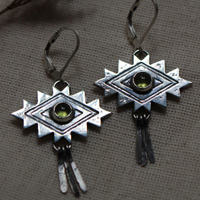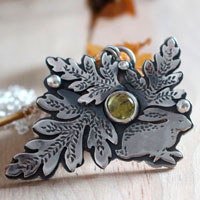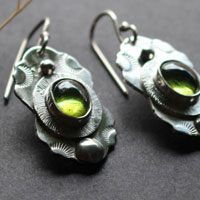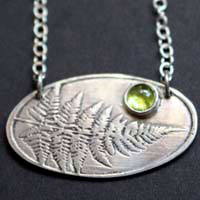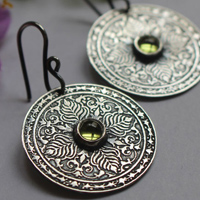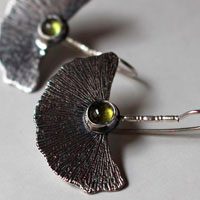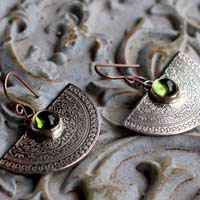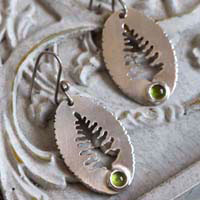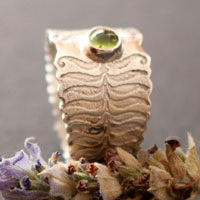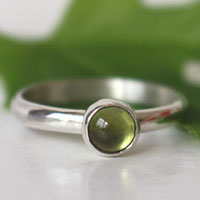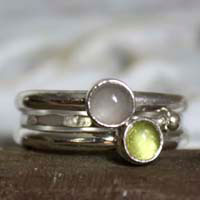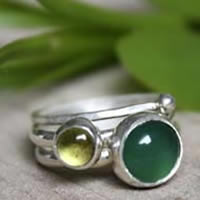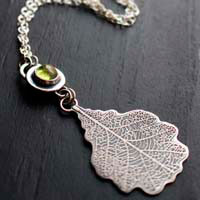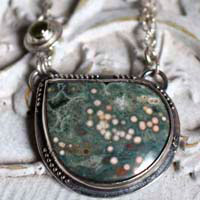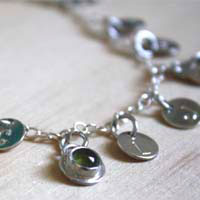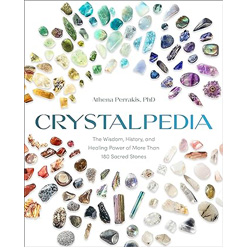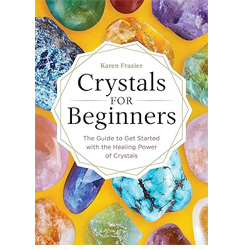- Jewelry
- Inspiration
- Good Deals
- Paintings
- About
- Contact
JEWELRY
- Anklet
- Bracelets
- Brooches
- Cufflinks
- Earrings
- Pendants & Necklaces
- Rings
- Draw your jewelry
- GOOD DEALS
- How to clean your jewel
- Metal we used
INSPIRATION
- Our imagination
- Birthstones
- Druids and druidesses
- Flower meanings
- History, archeology jewelry
- Japanese symbols
- Lithotherapy and stone choice
- Illumination jewelry
- Maya calendar jewelry
- Stone color symbolism
- Stones Catalogue
- Searches a theme on the site
ABOUT
Peridot: history, healing properties and lithotherapy
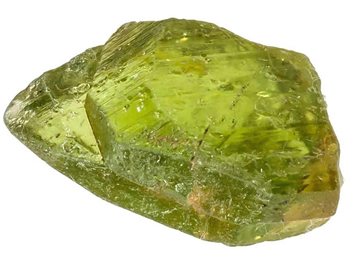
Peridot properties
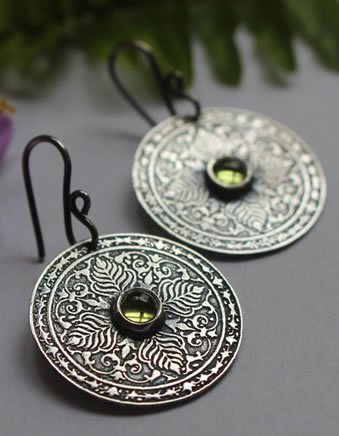
Peridot derives its name from the Arabic "Faridat," literally translated as "precious stone," and "olivine," from the Latin "Olivus," due to its hue reminiscent of olives.
Primarily composed of magnesium, iron, and silica, this gem owes its green color to the varying proportions of nickel or chromium it contains.
Often mistaken for emerald due to their similar color, peridot exhibits a dazzling green brilliance under artificial light, almost rivalling emerald while maintaining its own distinct softness. Hence its evocative nickname of the "evening emerald" or "poor man’s emerald." The alternative names of Chrysolite and Olivine further enrich its fascinating history.
Among the rarest peridots are pallasites, meteorites sharing a similar structure, and constituting the only extraterrestrial gemstones known to humanity to date, adding a touch of cosmic mystery to the wealth of this gem.
Peridots of exceptional quality, exceeding 8 carats, are highly coveted by collectors and often showcased in renowned museums. Among the most notable are prestigious collections at the American Museum of Natural History in New York and the Field Museum in Chicago. Notably, the Smithsonian Institution in Washington houses a rare piece, a peridot cut with an incredible mass of 310 carats, testifying to the splendor and rarity of this precious gem.
History, legends and beliefs about peridot
The peridot, dubbed the "Sun Stone" by the ancient Egyptians, has always been surrounded by a mystical aura. Its presence was common in the jewelry of ancient Greece and nomadic peoples, attesting to its value and beauty appreciated throughout the ages. Its dazzling brilliance has invariably been associated with the concept of light, often symbolizing clarity, vitality, and inner strength in various cultures around the world.
Peridot gained popularity around 1500 B.C. when the Egyptians began mining it on the island of Zabargad, later renamed the island of Saint John, located about 80 km off the Egyptian coast in the Red Sea. The pharaoh's guards fiercely protected this treasure, not hesitating to execute any intruder or thief. Traditionally, its extraction was done at night when the natural brilliance of the stone was more easily perceptible under the glow of miners' lamps. Miners would mark their discoveries during the night to retrieve them the following day.
It is also told that Cleopatra possessed an extensive collection of jewelry adorned with emeralds, which turned out to be peridots in reality.
However, it was during the reign of the Ottoman Sultans, spanning 600 years between 1300 and 1918, that the largest collection of these jewels was amassed.
The Hawaiians have long regarded peridot as the sacred tears of the goddess Pele, believed to be shed during her tumultuous volcanic eruptions, imparting to this gemstone an aura of mystery and natural power.
In the Bible, peridot is mentioned as one of the twelve precious stones adorning the breastplate of Aaron, symbolizing the twelve tribes of Israel. Similarly, it is referenced as one of the symbols of the twelve gates of the New Jerusalem, representing divine purity and protection in religious cosmology.
After the Crusades, peridots became abundant in Europe, brought back by the Crusaders, and were widely used in the decoration of churches. Among the most notable examples is the imposing jewel adorning the shrine of the Three Wise Men in Cologne Cathedral. Long mistaken for an emerald, it was revealed to be a peridot, adding a unique brilliance to this iconic structure.
In popular belief, peridot was reputed to protect against "night terrors," especially when mounted on a gold setting. Another belief held that wearing a peridot bracelet on the left wrist, threaded with donkey hair, would ward off evil spirits, further enhancing the protective and magical reputation of this precious gemstone.
Mines: Brazil, Afghanistan, Canary Islands, Pakistan, Sri Lanka, USA, and Russia.
Healing properties and benefits of the peridot
- Peridot, a protective stone, is renowned for repelling negative influences and promoting mental well-being.
- It also provides physical benefits by supporting the health of vital organs such as the heart, colon, lungs, bladder, pancreas, liver, intestines, and spleen.
- With its purifying properties, peridot aids in detoxifying the body and improving digestion.
- It can also act as a stimulant for contractions during childbirth.
- This precious gemstone is known for its vision-enhancing benefits, helping to correct astigmatism, tired eyes, and even myopia.
- Peridot is reputed for its beneficial effects against various ailments including gastroenteritis, addictions, alcoholism, cancer, gastric acidity issues, colic, ulcers, Crohn's disease, and obesity.
- On a cardiovascular level, peridot helps restore heart balance, oxygenates the blood, improves arterial circulation, and stimulates the lymphatic system, thereby promoting overall better health.
In summary, peridot truly embodies the stone of well-being, offering a harmonious balance between body and mind.
⚠ Please note that all healing properties presented for gemstones are gathered from various sources. This information is provided as a service and is not intended to treat medical conditions. It is recommended to consult a healthcare professional for serious medical issues and not to rely solely on gemstones as a treatment.

